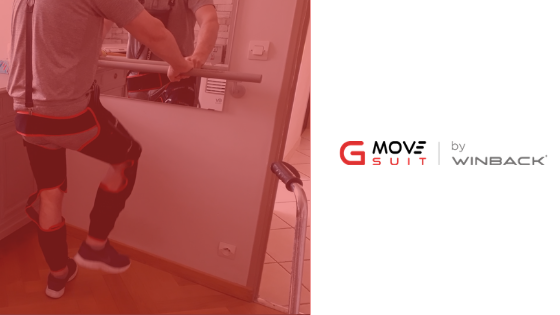Proprioception is an important concept defined as the perception of the position of different parts of the body in space. It can be at the origin of bad posture, sports injuries or loss of balance. To avoid this kind of dysfunction, proprioceptive rehabilitation is recommended. In this article we are going to discuss about the interests of proprioception sessions.
In the previous articles, we access our discourse on the presentation of proprioception. As a reminder, it involves “mechanoreceptors” located in our joints, muscles and tendons that send information to our brain. This information provides indications about the degree of joint stretching and muscle contraction. The body can then understand its position in space and adopt a good posture and a better balance.
Cases of dysfunction of the proprioceptive system
There are various disorders related to the dysfunction of the proprioceptive system.
Injuries to joints, muscles or tendons can cause lesions, swelling or pain. As the mechanoreceptors are less effective, incoherent and complex information will be sent to the brain . The information will be processed by the brain in a confused way and proprioception will be impacted.
Muscle fatigue can also cause a proprioception defect. Indeed, the muscles being weakened, the mechanoreceptors do not correctly transmit messages to the brain. The effects can result in muscle or tendon injuries, as explained in the previous paragraph.
Neurological disorders such as stroke or multiple sclerosis, and connective tissue disorders such as Ehlers-Danlos syndrome, may be responsible for a dysfunction of the proprioceptive system. These patients develop poor perception of body movements and posture problems .
What is the interest of proprioceptive sessions with GMOVE-SUIT?
The exercises proposed during the sessions depend on the cause of the proprioceptive defect.
– In the case of an injury to the joints, muscles or tendons, the mechanoreceptors are not fully operational. The GMOVE-SUIT makes it possible to accompany the patient with a light pressure on the limbs. This compression influences the mechanoreceptors and activates them. The patient will be able to carry out the rehabilitation sessions by improving his dynamic balance.
The therapist will adjust the exercises according to the level of imbalance. Usually the weight is accessed on the injury. With the GMOVE-SUIT, the increase in pressure allows for an intense effort without weight. It is also effective for exercises with changes in direction.
– For muscular fatigue, the exercises will be similar. The mechanoreceptors do not transmit messages to the brain properly, and compression will activate these receptors, perceive the limbs and limit the injuries caused.
– In the management of neurological and connective tissue disorders, the GMOVE-SUIT will have the same role as explained above, but can serve as a “pneumatic exoskeleton” by helping to adjust posture and promote the return of dynamic balance.
The physiotherapist will set up exercises reproducing everyday life situations (climbing stairs, getting up with both knees on the ground at the beginning, …) .

